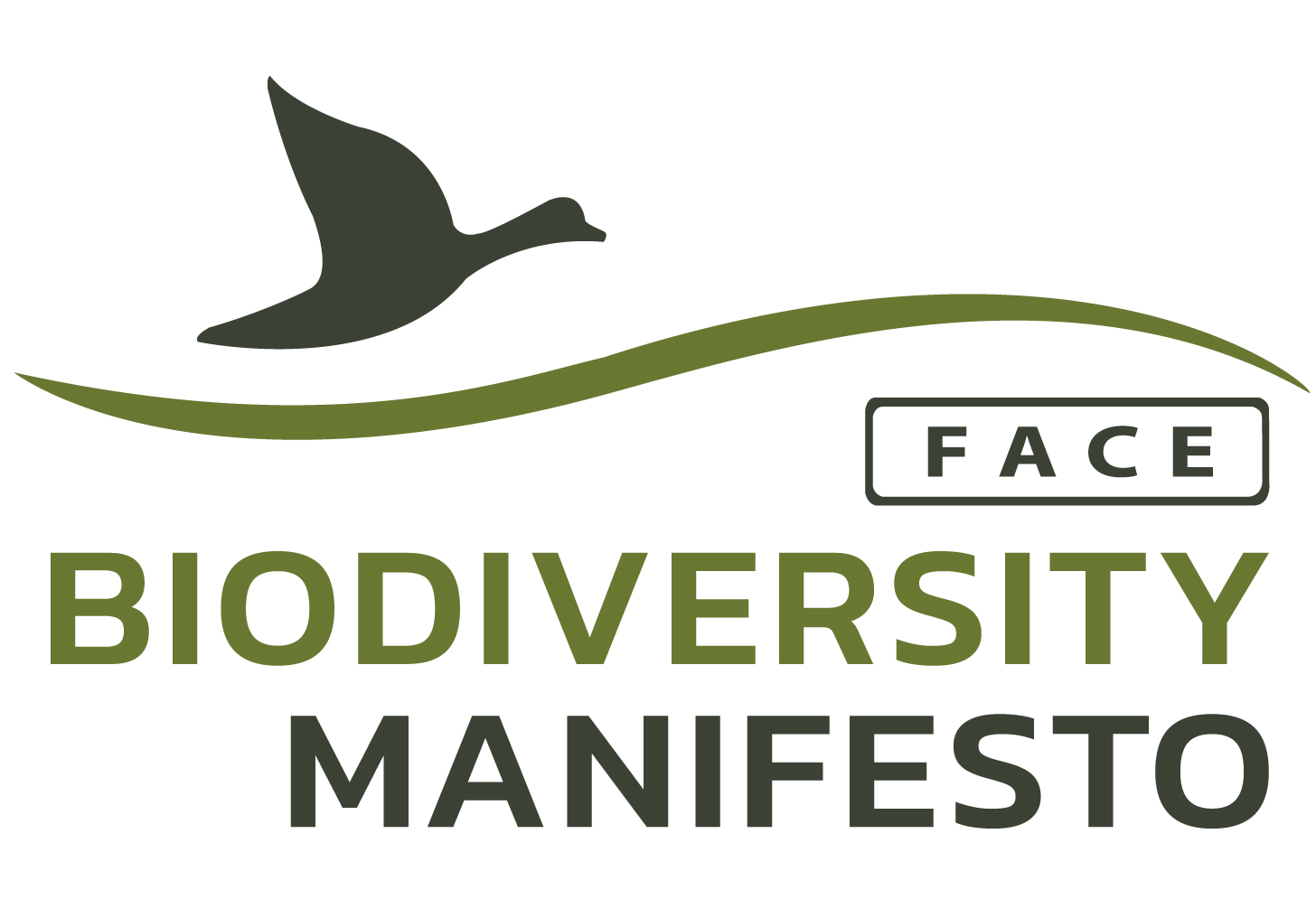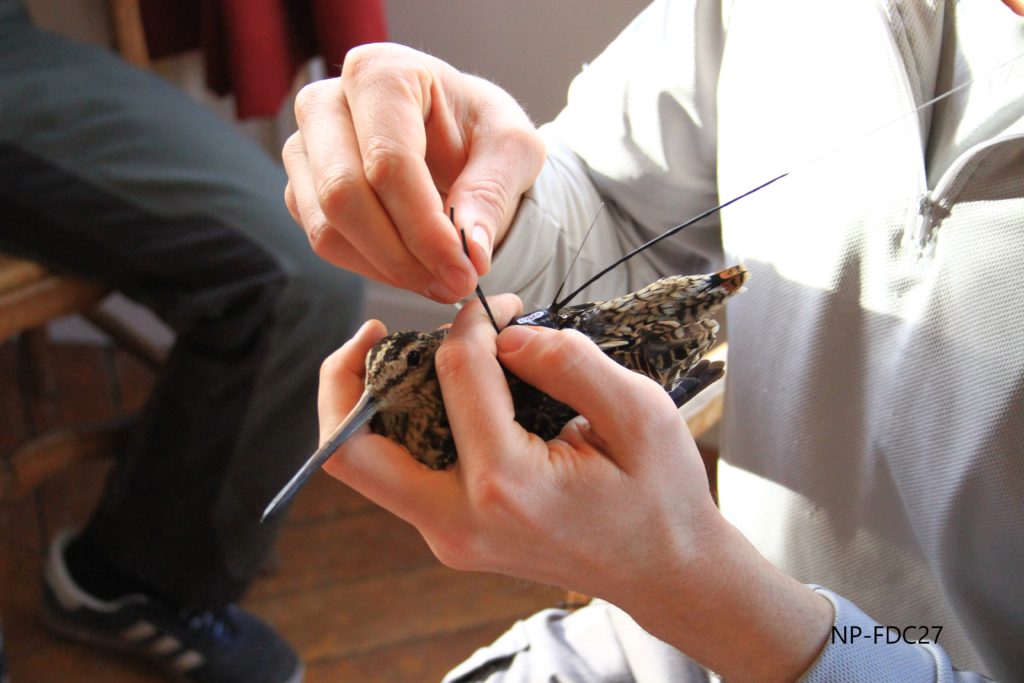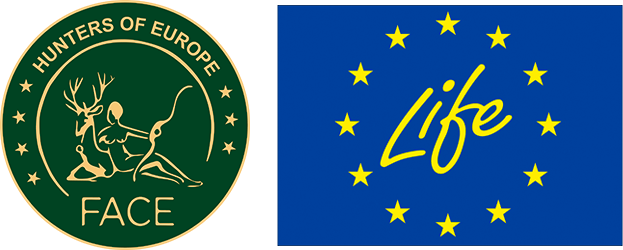In the last decades, human activities have significantly degraded EU’s ecosystems, impacted biodiversity. Now science-based measures are needed to restore EU’s habitats. One of the habitat types that was particularly affected are wet areas such as wetlands and wet grasslands. Migratory waterbirds birds such as the Common Snipe (Gallinago gallinago) rely on these habitats to breed and winter in the EU. Improved conditions in all their migratory route would greatly benefit these species. However, a superior understanding of its ecology is necessary to apply more effective and targeted measures.
The French Biodiversity Office (OFB) and the International Snipe Hunters Club (CICB) have been implementing the Balise project with the financial support of the François Sommer Foundation. This project, launched in 2017, aims to identify the breeding areas of snipes wintering in France and to study their migratory routes and what influences them.
The researchers working on the project are using a GPS tracking methodology which allows them to answer many questions about snipes that still remain unanswered, such as:
- What are the factors that trigger migration departures?
- What determines their route?
- Where are the main breeding areas located?
- Do snipes use the same path in spring and fall?
To answer these questions, more than 172 Common snipes have been marked with GPS/Argos tags since the project beginning in 19 French Departments. The GPS/Argos equipment, weighing 3 to 4 grams, can send the snipe localization between 60 to 70 times before the battery runs out, which with correct programming, adapted to the periods of nesting, migration and wintering can allow a good monitorization of the entire snipe migration.
Indeed, in 2022, one tagged snipe has made the longest recorded migration for its species. The snipe migrated from France to Central Siberia in spring flying more than 6100km, crossing the Ural Mountains. This is an important discovery because before it was thought that snipes that breed in that region would probably winter in Eastern Africa or Western Asia. In the same year, the average Common snipe migration was around 3270km of extension and most of the tagged snipes nested in Russia.
At this point, the Balise project researchers are in the second phase of the work, joining and analyzing all the data collected since 2017 about Common snipe migration. The annual reports since the beginning of the project are available and can be consulted here.
Policy relevance:
The Balise Project is one more example of how European hunters are contributing to increase the knowledge about migratory birds in line with the principles of sustainable exploitation defined by AEWA (African Eurasian Waterbird Agreement) which underlines the need to know the geographical origin of populations which reproduce, transit and/or winter in a territory.
Furthermore, this project joins collaborative efforts from public institutions, and hunting stakeholders who are generating valuable data that can help decision-makers to take European wide actions in favor of snipe species and other migratory wetland birds aligned with the EU’s Biodiversity Strategy for 2030 and nature restoration targets.


